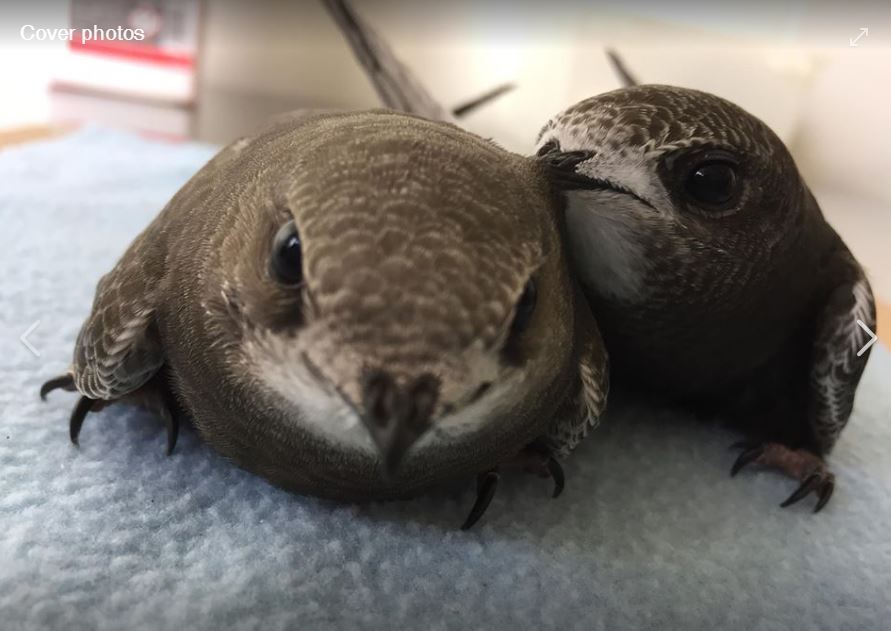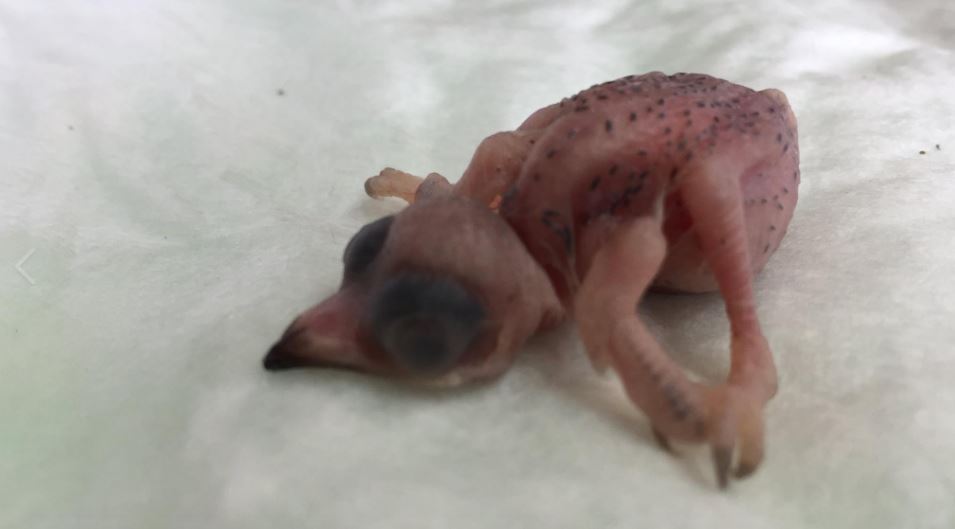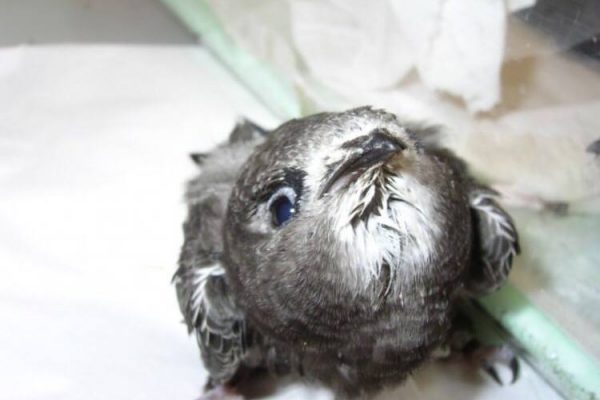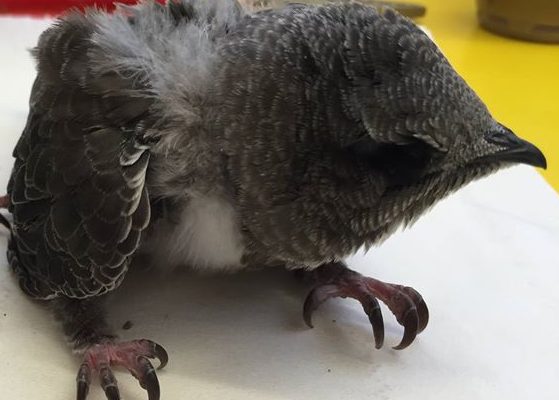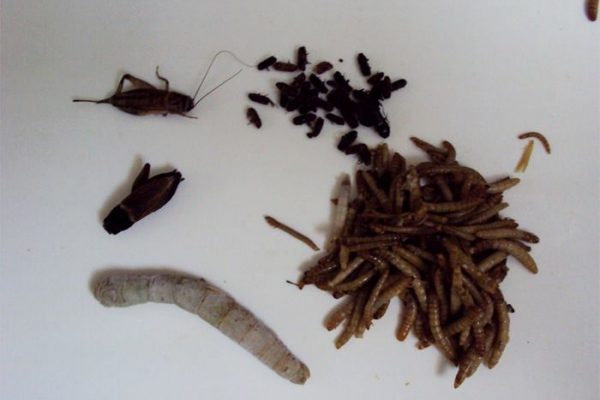Diets research
JZAR - Research article
Hand-reared common swifts (Apus apus) in a wildlife rehabilitation centre: assessment of growth rates using different diets
JZAR - Other languages
The scientific article is translated into Spanish and Polish
Hand-rearing protocol
Protocol description in different languages


The best time to help a Swift is now
Hand-rearing a Swift orphan should be conducted, when possible, by a Wildlife Rescue Center or an experienced carer both following good practices and an optimal protocol
Grounded orphan animals
Hundreds of people find grounded orphan birds and don't know what to do or where to turn
Wildlife carers experts
If you are a wildlife rescue centre or expert carer, someone and some animal in your area may need you, but does not know how to find you
Be a Swift saver
Please let us know your details and you can be listed below to help your local orphans
apus@falciotnegre.com

Wildlife Rehabilitation Centres
MUST NOT provide wrong feeding advice
SHOULD ADMIT the bird orphan, as insectivores are a protected species
A Wildlife Rehabilitation Centre CANNOT advise the use of pet food or other non-insect diets to hand-rear insectivore birds
The above actions QUESTION professionalism and true involvement with wildlife rehabilitation
Our Wildlife Carers list
Many wildlife rescue centres and private rehabilitators in the contact list provided are well-known and follow optimal practices
However FALCIOTNEGRE cannot ensure that all of them use optimal protocols in Swift rehabilitation
Everyone involved in hand-rearing insectivores should be up-to-date and well aware of the damage that an incorrect diet can cause
Especially when it has been shown scientifically that non-insect diets are harmful and jeopardise animal survival
An Optimal Protocol
It is a big challenge to convince everyone to completely discontinue the use of inappropriate diets that only cause harm.
Wildlife carers should follow scientific evidence and implement optimal diets based only on supplemented insects
In many places Wildlife Rescue Centers are pure anecdote
Unfortunately, many countries and large geographical areas have no adequate or accessible wildlife rescue centres
Injured wildlife is left on inexperienced hands or abandoned to their fate and eventually death
It is a big concern than some Wildlife Centers refuse admitting Swift casualties
Some centers do not admit swifts, arguing that a high number of admissions can collapse the rest of their work
Certainly it is hard work, but from our experience it is completely feasible with motivation and commitment to hand-rear hundreds of swifts successfully
Optimal diets SAVE them
Wrong diets KILL them

Optimal Protocol sections
-
Grounded Swift
Posted onWildlife casualties are usually found by public. Their welfare depends on general awareness of the correct action to be taken when we find a wild animal in need of assistance. The correct action and where to seek further information and assistance is essential.
Continue reading -
Clinical examination
Posted onBefore starting the clinical examination it is important to obtain as much information as possible from the donor. This information may help to identify the casualty cause and help on the prognosis.
It was found in a dirty water puddle – that’s why it is covered by oil;
Continue reading
it was found in a cat’s mouth – so external wounds are observed;
it was found in a chimney or kitchen estractor? – So the dust covering the bird is soot or oil;
it was found near a window? –possibly the bird hit the window and that’s why the bird was stunned. -
Fluid theraphy SQ
Posted onMany wildlife casualties, especially orphans, will be showing some degree of dehydration. This is just because they will not have eaten or drunk for a period of time and may have been lying unprotected from hot summer weather. In fact any wild bird taken into care can be assumed to be 5% dehydrated. Unless the dehydration is very pronounced, 10–15%, the condition may not be life threatening. However, the added stress of being brought into captivity and handled may well push the casualty to its limits.
Continue reading -
Fluid Therapy VO
Posted onMany orphans will be showing some level of dehydration, which can sometimes be extreme, possibly caused because they may have been lying unprotected from hot summer weather, not having eating for a long period. Whatever the degree of dehydration, fluid administration is crucial and must be done immediately, even before a complete clinical examination
Continue reading -
Acute cases
Posted onAfter a long period of starvation, first nutrients provided to the Swift are
the perfect medium for Escherichia coli (pathogenic gram positive bacteria)Ampicillin acts against E. coli and restores a the natural intestine flora balance.
Continue reading -
Ectoparasites
Posted onEctoparasites can impact on body condition, fitness, flying ability or even long-term survival of the hosts.
Continue reading
The parasitic load of birds tends to increase along the breeding season and may affect egg production and chick mortality. -
Endoparasites
Posted onAll birds have a parasite burden and deal with it, however weak or sick swifts should be released of that effort thus deparasitation is recommended
Continue reading -
-
-
Insectivore Diet
Posted onLorem ipsum dolor sit amet, consectetur adipiscing elit. Nulla convallis egestas rhoncus. Donec facilisis fermentum sem, ac viverra ante luctus vel. Donec vel mauris quam. Lorem ipsum dolor sit amet, consectetur adipiscing elit. Nulla convallis egestas rhoncus. Donec facilisis fermentum sem, ac viverra ante luctus vel. Donec vel mauris quam.
Continue reading -
Diet enrichment
Posted onWait a few seconds for the videos to load Giant mealworm (Zophobas morio) Giant mealworm are great to enrich a diverse insect diet. A great advantage on our diet management is that Giant mealworms can be frozen like the crickets (unlike the mealworms). This may help to keep a safe reserve during the breeding season. […]
Continue reading -
Feeding
Posted onWait a few seconds for the videos to load FEEDING Young chicks, still eyes closed, may need some extra help. They will respond gaping excitedly, so extra care is necessary. -Be absolutely careful, beak is really fragile -Hold the bird gently but securely if necessary. -With the head restrained open carefully the beak with the […]
Continue reading -
Release
Posted onWait a few seconds for the videos to load SWIFT RELEASE – PLEASE DO NOT …. Never throw a swift high into the air! Never release a Swift from elevated locations! We are witnessing with concern lots of releases from high buildings….please think about the risks – on nature many fail and that is one […]
Continue reading


